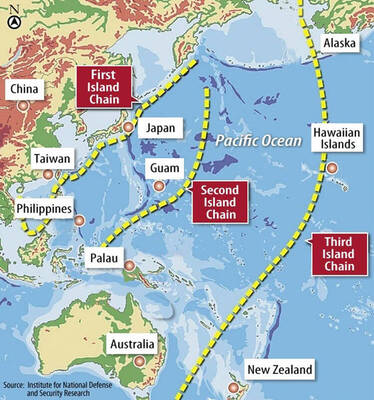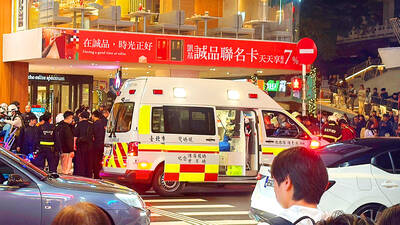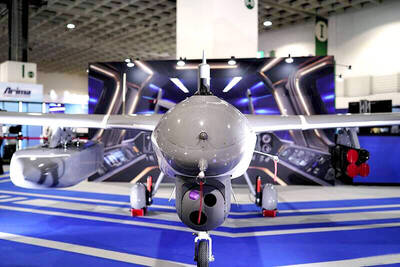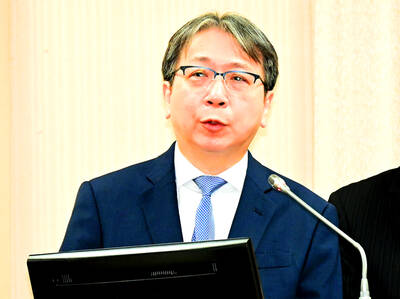In the days of the Roman Empire when Switzerland was known as Helvetia and Romans were travelling through the Lake Geneva Region in chariots, the people could be excused if they gave little thought to the historical heritage the Romans would leave. Today that heritage in the form of remnants of official buildings, private homes, military camps, sculptures and mosaics is the pride of the region. Even the names of towns and cities bear traces of the Roman influence.
Take for example Avenches, or Aventicum, as the place was called when it was the capital of Roman Helvetia. Among the most important structures from this time are the amphitheatre and its arenas which are an imposing venue each year for a world-renowned opera festival (www.avenches.ch). There are also the vestiges of the Roman theatre, the lone column known as the "Cigognier", or stork's sanctuary, the East Gate and the Tornallaz Tower. The Roman museum of Avenches is in a mediaeval tower built into the wall of the amphitheatre and which houses an invaluable collection of Gallo-Roman antiquities including the bust of Emperor Marcus Aurelius, doubtlessly the most remarkable piece on display.
The city of Orbe takes pride in its Roman mosaics at Orbe-Bosceaz at the exit from the city heading towards Yverdon-les-Bains. The mosaics were discovered at the site of a luxurious Gallo-Roman villa built around 160 C.E. Four small houses shelter nine mosaics which were discovered around the middle of the 19th century and which are among the most beautiful samples of their kind in Switzerland. Explanatory panels enable visitors to learn more about what they are seeing at the site which is open from Easter to October or on request(www.orbe.ch).
The ruins of the Roman city of Eburodunum, today's Yverdon-les-Bains, testify to the fact that the Romans quickly recognized the commercial and strategic importance of the site. During the late Empire, Yverdon-les-Bains had an important castrum, or military base, built around 370 C.E., the traces of which can still be seen. Yverdon-les-Bains served as a base for a fleet of ships which linked the defensive garrisons on the Rhine, the north-east frontier of the Empire. As can be seen by the ruins of the thermal baths, the Romans were also attracted by the sulphuric springs which have made Yverdon-les-Bain an important wellness site today (www.yverdon-les-bains.ch).
Finally, the Roman ruins at Nyon, or Noviodunum, remind the visitor that this place was one of the most important Roman cities in Switzerland. The Roman museum at Nyon is housed underground in the very foundations of the basilica of the forum of Noviodunum. The basilica, which could be preserved along with the amphitheatre, was an administrative building from the first century C.E. Built in 1970 and enlarged in 1993, the museum contains small objects from daily life at the time as well as larger vestiges such as architectural blocks and some sculptures.
Extremely beautiful fragments of mural paintings are also displayed. The rich collection of artefacts at the Roman museum at Nyon continues to grow as more discoveries are made at archaeological digs. (www.mrn.ch)

The US government has signed defense cooperation agreements with Japan and the Philippines to boost the deterrence capabilities of countries in the first island chain, a report by the National Security Bureau (NSB) showed. The main countries on the first island chain include the two nations and Taiwan. The bureau is to present the report at a meeting of the legislature’s Foreign Affairs and National Defense Committee tomorrow. The US military has deployed Typhon missile systems to Japan’s Yamaguchi Prefecture and Zambales province in the Philippines during their joint military exercises. It has also installed NMESIS anti-ship systems in Japan’s Okinawa

TRAGEDY STRIKES TAIPEI: The suspect died after falling off a building after he threw smoke grenades into Taipei Main Station and went on a killing spree in Zhongshan A 27-year-old suspect allegedly threw smoke grenades in Taipei Main Station and then proceeded to Zhongshan MRT Station in a random killing spree that resulted in the death of the suspect and two other civilians, and seven injured, including one in critical condition, as of press time last night. The suspect, identified as a man surnamed Chang Wen (張文), allegedly began the attack at Taipei Main Station, the Taipei Fire Department said, adding that it received a report at 5:24pm that smoke grenades had been thrown in the station. One man in his 50s was rushed to hospital after a cardiac arrest

‘WIN-WIN’: The Philippines, and central and eastern European countries are important potential drone cooperation partners, Minister of Foreign Affairs Lin Chia-lung said Minister of Foreign Affairs Lin Chia-lung (林佳龍) in an interview published yesterday confirmed that there are joint ventures between Taiwan and Poland in the drone industry. Lin made the remark in an exclusive interview with the Chinese-language Liberty Times (the Taipei Times’ sister paper). The government-backed Taiwan Excellence Drone International Business Opportunities Alliance and the Polish Chamber of Unmanned Systems on Wednesday last week signed a memorandum of understanding in Poland to develop a “non-China” supply chain for drones and work together on key technologies. Asked if Taiwan prioritized Poland among central and eastern European countries in drone collaboration, Lin

ON ALERT: Taiwan’s partners would issue warnings if China attempted to use Interpol to target Taiwanese, and the global body has mechanisms to prevent it, an official said China has stationed two to four people specializing in Taiwan affairs at its embassies in several democratic countries to monitor and harass Taiwanese, actions that the host nations would not tolerate, National Security Bureau (NSB) Director-General Tsai Ming-yen (蔡明彥) said yesterday. Tsai made the comments at a meeting of the legislature’s Foreign Affairs and National Defense Committee, which asked him and Minister of National Defense Wellington Koo (顧立雄) to report on potential conflicts in the Taiwan Strait and military preparedness. Democratic Progressive Party (DPP) Legislator Michelle Lin (林楚茵) expressed concern that Beijing has posted personnel from China’s Taiwan Affairs Office to its